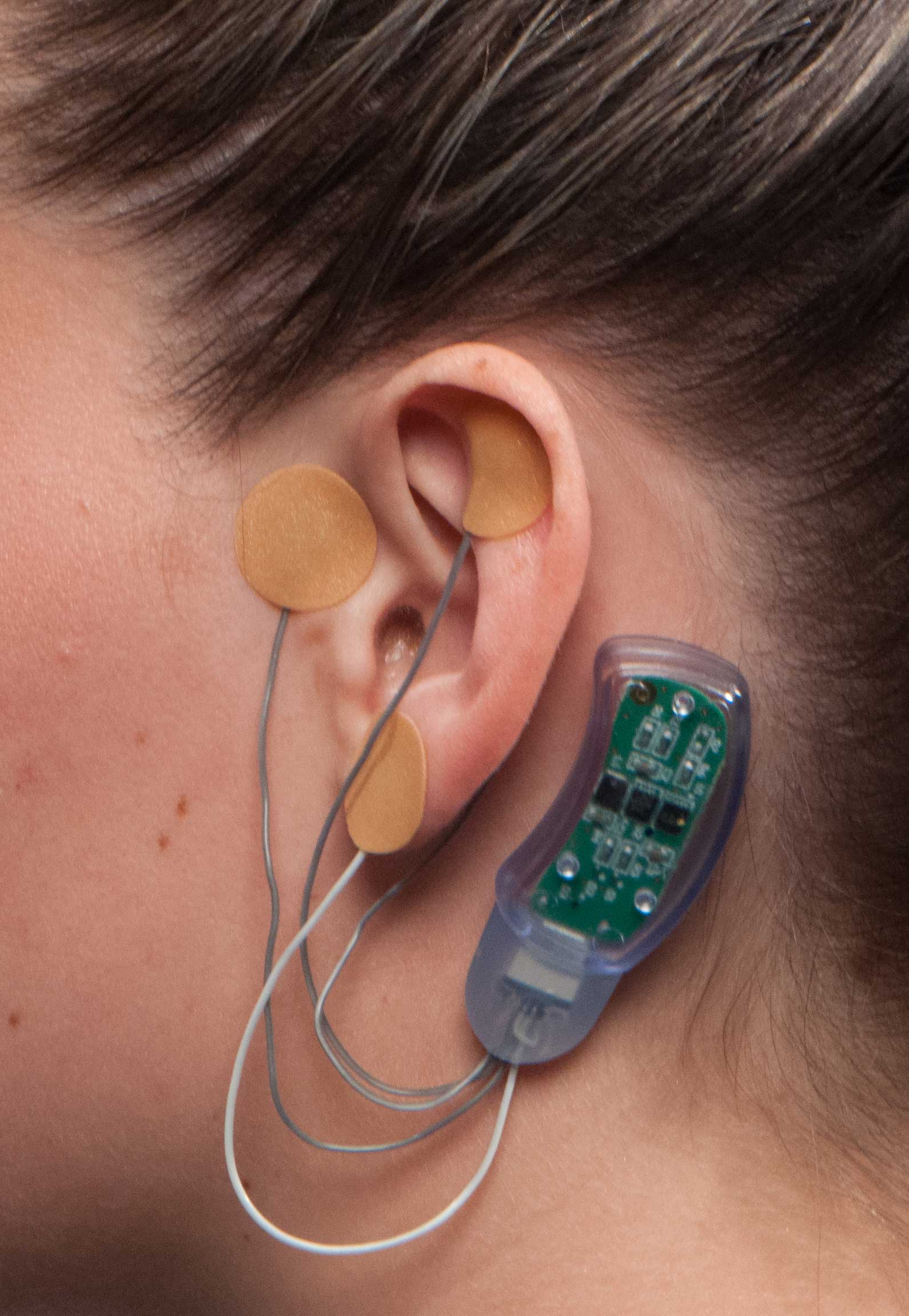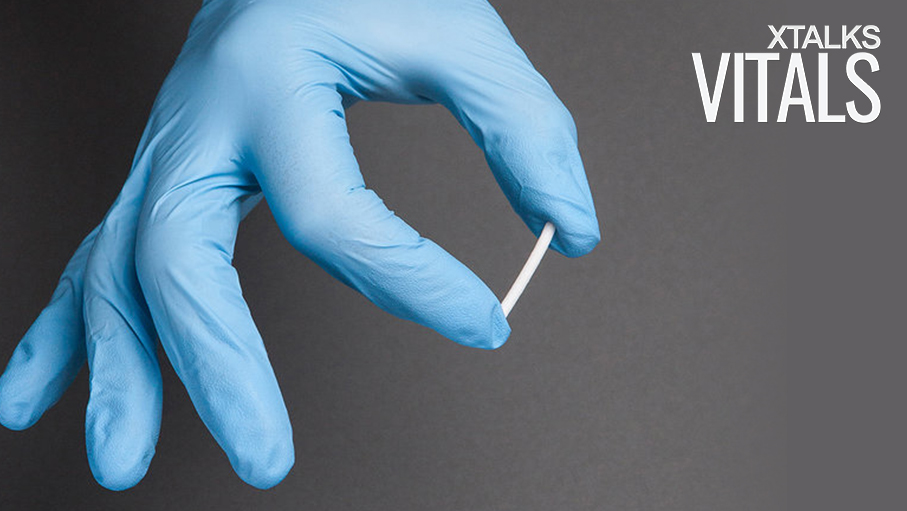Braeburn’s buprenorphine injections are showing promise as a treatment for opioid use disorder after the company announced its positive Phase III study results would be published in the Journal of the American Medical Association (JAMA) Internal Medicine. The weekly and monthly subcutaneous buprenorphine injection – dubbed CAM2038 – met both its primary endpoint of being non-inferior to the current standard of care, and its secondary endpoint of beating daily sublingual buprenorphine/naloxone on measures of opioid use.
“Publication of the Phase 3 study results in JAMA Internal Medicine further validates the potential clinical benefit of CAM2038 for patients with [opioid use disorder] to improve treatment outcomes,” said Mike Derkacz, President and CEO of Braeburn. “We are honored to have the results for our weekly and monthly subcutaneous buprenorphine depot injection published in JAMA Internal Medicine and address a significant patient need.”
Braeburn enrolled nearly 430 patients with opioid use disorder into their Phase III clinical trial, some of which had other substance abuse problems. CAM2038 showed a statistically superior treatment effect compared to buprenorphine/naloxone based on the “cumulative distribution function of the mean percentage of opioid-negative samples confirmed by self-report.”
While patients treated with buprenorphine reported a few adverse events, patients in the standard of care group saw nearly twice as many reactions to treatment.
“The flexible dosing options of CAM2038 reflect the real-world treatment needs of patients with [opioid use disorder] and enable providers to best match the treatment to their patients,” said Dr. Michelle Lofwall, Associate Professor of Behavioral Science and Psychiatry at the University of Kentucky Center on Drug and Alcohol Research and Primary Investigator in the study. “The flexibility to choose both the duration and dose of buprenorphine based on individual needs, while also administering directly to the patient, could improve treatment and reduce the risk of non-adherence that contributes to the stigma surrounding patients with this devastating illness.”
CAM2038 was developed as a once weekly or once monthly sustained-release formulation for long-term maintenance of opioid use disorder. The drug is administered by a healthcare provider to promote medication adherence and discourage misuse and product diversion.
Two years ago, Braeburn and partner Titan Pharmaceuticals received US Food and Drug Administration (FDA) approval for their buprenorphine-releasing implantable medical device. The slow-release device can be implanted for up to six months in the treatment of opioid dependence.
“Scientific evidence suggests that maintenance treatment with these medications in the context of behavioral treatment and recovery support are more effective in the treatment of opioid use disorder than short-term detoxification programs aimed at abstinence,” said Dr. Nora Volkow, director of the National Institute on Drug Abuse at the National Institutes of Health, at the time of the medical device’s approval. “This product will expand the treatment alternatives available to people suffering from an opioid use disorder.”












Join or login to leave a comment
JOIN LOGIN